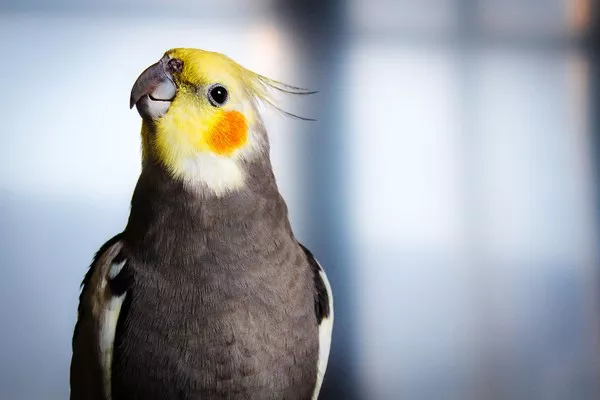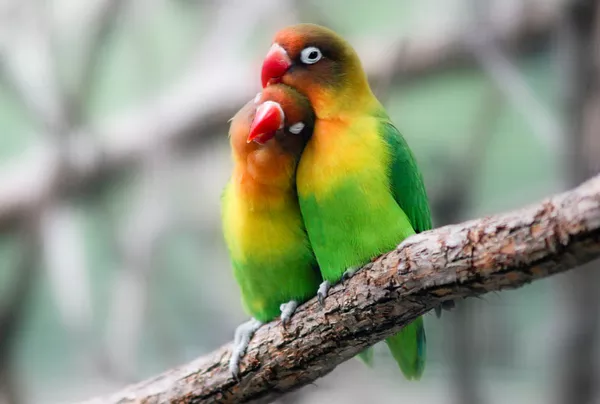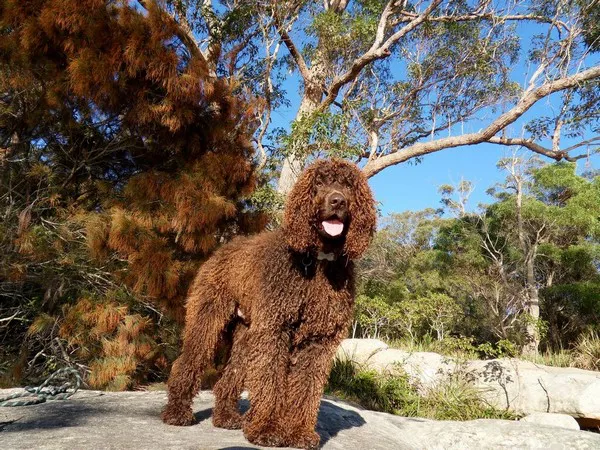Conures are a popular and lively group of parrots that many pet owners adore for their charming personalities and stunning plumage. Among the different types of conures, two species stand out due to their unique characteristics, especially their size: the Sun Conure (Aratinga solstitialis) and the Green Cheek Conure (Pyrrhura molinae). While both species make great pets, they are different in many ways, with size being one of the most obvious distinctions. In this article, we will explore the size differences between these two conures, as well as their general characteristics, care needs, and personality traits.
Understanding Conures
Before diving into a comparison of Sun Conures and Green Cheek Conures, it’s essential to have a brief understanding of what conures are in general. Conures are a group of medium-sized parrots that belong to the family Psittacidae, and they are found mainly in the Americas. They are known for their vibrant colors, playful personalities, and excellent mimicry skills.
Conures are highly social birds that require plenty of interaction, mental stimulation, and physical activity. They thrive in homes where they are given lots of attention, toys, and space to fly and explore. There are several different species of conures, each with its own unique traits, and Sun Conures and Green Cheek Conures are among the most well-known.
The Sun Conure: A Radiant Beauty
The Sun Conure is a strikingly beautiful bird, known for its bright orange, yellow, and green plumage. Native to northern South America, Sun Conures are often found in countries like Brazil, Guyana, and Venezuela, where they inhabit forests and woodlands.
Size of the Sun Conure
When it comes to size, the Sun Conure is considered a medium-sized parrot. On average, a fully grown Sun Conure typically measures around 12 to 14 inches (30 to 36 cm) in length from beak to tail. Their weight ranges between 100 and 120 grams (3.5 to 4.2 ounces). The Sun Conure’s vibrant plumage, which features bright shades of yellow, orange, and green, is a defining characteristic. This bird’s large, long tail and slightly curved beak contribute to its overall size.
Despite its colorful appearance, the Sun Conure is not just about looks; it also has a strong presence. It is an energetic and outgoing bird, often making its presence known through loud calls and vocalizations. Although it may not be the largest conure species, its size and appearance make it an attention-grabbing pet.
Personality and Care Requirements
Sun Conures are highly social birds that enjoy interacting with their human companions. They are known for being affectionate and will form strong bonds with their owners if given enough attention. These birds are intelligent, playful, and curious, which makes them both fun and challenging to care for. They require daily mental stimulation, toys, and activities to keep them entertained.
One thing to keep in mind is that Sun Conures are notorious for being noisy. Their calls can be loud and shrill, which might not be ideal for those living in apartments or spaces where noise could be an issue. However, if you’re prepared for the noise and the level of care they need, a Sun Conure can make a wonderful pet.
Diet and Lifespan of the Sun Conure
Sun Conures have a varied diet that typically includes fruits, vegetables, seeds, and nuts. They also need access to fresh water and should be given a high-quality pellet diet to ensure they get the nutrients they require. Like all parrots, Sun Conures need a balanced diet to stay healthy and live a long life.
The average lifespan of a Sun Conure is around 20 to 30 years in captivity, provided they are given proper care, including a balanced diet, regular exercise, and lots of social interaction.
The Green Cheek Conure: A Sweet and Smaller Companion
In contrast to the Sun Conure, the Green Cheek Conure is a smaller, quieter bird that is also highly popular among pet owners. Native to South America, the Green Cheek Conure is found in regions such as southeastern Brazil, Argentina, and parts of Paraguay. Unlike the Sun Conure, which has bright, fiery plumage, the Green Cheek Conure is more subdued in appearance, with a primarily green body and distinctive markings.
Size of the Green Cheek Conure
When it comes to size, the Green Cheek Conure is smaller than the Sun Conure. A fully grown Green Cheek Conure typically measures between 9 and 11 inches (23 to 28 cm) in length. Their weight ranges from 60 to 80 grams (2.1 to 2.8 ounces), making them lighter than Sun Conures.
Green Cheek Conures have a compact, round body with a slightly shorter tail than the Sun Conure. Their coloration is mainly green, with some key accents that make them unique: their cheeks are a reddish-brown or maroon color, their wings feature some blue and yellow accents, and their tails often have a more muted red hue. This smaller size, combined with their calmer temperament, makes them an excellent choice for people who prefer a quieter, more manageable pet.
Personality and Care Requirements
Despite their smaller size, Green Cheek Conures are known for being affectionate and playful. They tend to bond closely with their owners and can be quite cuddly, often seeking out attention and interaction. While they are generally less noisy than Sun Conures, they are still quite vocal, though their calls are usually softer and less piercing.
Green Cheek Conures are highly intelligent and can learn tricks, mimic speech, and even play with toys. They require regular social interaction, enrichment, and mental stimulation to stay happy. Their playful nature means that they also enjoy having time outside of their cage to fly and explore, but their smaller size makes them easier to manage in smaller spaces compared to larger birds like Sun Conures.
Like the Sun Conure, Green Cheek Conures require a well-balanced diet consisting of high-quality pellets, fresh fruits, vegetables, seeds, and nuts. Offering a variety of foods helps keep them healthy and happy. Green Cheek Conures typically live around 15 to 20 years in captivity, which is slightly shorter than the lifespan of the Sun Conure but still a respectable duration for a pet bird.
Sun Conures vs Green Cheek Conures: Which is Bigger?
Now that we have a clear understanding of both species, it’s time to answer the main question: Which bird is bigger—the Sun Conure or the Green Cheek Conure?
The Sun Conure is noticeably larger than the Green Cheek Conure in both size and weight. On average, the Sun Conure is about 12 to 14 inches (30 to 36 cm) long, whereas the Green Cheek Conure measures only 9 to 11 inches (23 to 28 cm) in length. Additionally, the Sun Conure typically weighs 100 to 120 grams, while the Green Cheek Conure weighs only 60 to 80 grams.
While both conures are medium-sized parrots, the Sun Conure is the larger of the two by a significant margin. This difference in size can influence various aspects of their care, including the space required for their cages, their flight space, and the types of toys they enjoy. The larger size of the Sun Conure means it may need more room to stretch its wings, while the smaller Green Cheek Conure can thrive in slightly more compact living spaces.
Choosing Between a Sun Conure and a Green Cheek Conure
When deciding between a Sun Conure and a Green Cheek Conure, size is just one factor to consider. While the Sun Conure is larger and more striking in appearance, it is also louder and may require more space. The Green Cheek Conure, being smaller and quieter, might be a better fit for someone with limited space or a preference for a quieter bird. Both species are affectionate, playful, and intelligent, so your choice will ultimately depend on factors like space, noise tolerance, and the amount of time you can dedicate to interacting with your bird.
Conclusion
In summary, the Sun Conure is larger than the Green Cheek Conure. The Sun Conure typically measures 12 to 14 inches in length and weighs around 100 to 120 grams, while the Green Cheek Conure measures 9 to 11 inches and weighs 60 to 80 grams. While the Sun Conure’s larger size makes it more attention-grabbing, the Green Cheek Conure’s smaller size and quieter temperament might make it more suitable for those with less space or those who prefer a more subdued bird.
Both species are delightful companions, each with their own unique characteristics. Whether you choose a Sun Conure or a Green Cheek Conure, you’ll be gaining a loyal, intelligent, and affectionate pet that will brighten your home for many years to come.
Related Topics:

























